How to Manage Multiple Projects and Avoid Burnout
Learn how to manage multiple projects with our expert guide. Discover actionable strategies and tools to boost productivity and regain control of your workload.
Let's be honest: if you're trying to figure out how to manage multiple projects, you're probably feeling overwhelmed. Drowning in deadlines and a constant flood of new tasks is a familiar feeling for many of us. The modern workplace demands we juggle, but without a solid system, it's a fast track to burnout. Just working harder isn't the answer.
The problem is that the complexity doesn't just add up—it multiplies. Every new project introduces its own stakeholders, unique timelines, and separate communication streams. What starts as a few manageable tasks can quickly spiral into a tangled mess of conflicting priorities, making it feel impossible to get anything meaningful done.
The Hidden Costs of Project Chaos
This feeling of being swamped isn't just in your head; it has real, tangible consequences. The numbers paint a sobering picture. Research shows that nearly 10% of every dollar invested in projects is wasted due to poor performance. That's a massive drain, especially when you consider that over 85% of project managers are juggling more than one project at a time. If you want to dig into the data, you can explore more project management statistics and see the impact for yourself.
Where does this waste come from? It boils down to a few critical issues:
- Wasted Resources: When communication breaks down, teams end up working on the wrong things or redoing work. Time and money disappear.
- Team Burnout: The constant mental gear-shifting between projects—what experts call "context-switching"—is exhausting. It kills focus, tanks productivity, and leads to lower-quality work.
- Missed Deadlines: With scattered information and no clear priorities, deadlines start to slip. This damages trust with both clients and your own team.
Shifting from Reactive to Proactive
To break free from this chaotic cycle, you need to change your entire approach. Stop reacting to whichever fire is burning brightest and start building a system that gives you a bird's-eye view of everything on your plate. This is where having a centralized hub becomes non-negotiable.
The real issue isn't a lack of effort; it's the lack of a unified system. When your project assets are fragmented across emails, spreadsheets, and chat apps, you spend your day managing information instead of actually managing projects.
This is exactly the problem a platform like Zemith was built to solve. It provides organized workspaces that serve as a single source of truth for every project, bringing all the scattered pieces together in one place.
Here’s a look at what that actually means in practice—a project workspace where all your critical information is consolidated and easy to find.

By centralizing every file, conversation, and to-do list, you stop the endless scavenger hunt for information. This gives you and your team the clarity needed to make smart decisions in real-time. It’s the first real step toward moving from reactive firefighting to proactive, strategic execution.
To get there, you need a framework built on a few core strategies. These pillars are the foundation for taking back control and turning chaos into a clear, manageable workflow.
Core Strategies for Managing Multiple Projects
| Strategy | Core Principle | How Zemith Helps |
|---|---|---|
| Centralize | Create a single source of truth for all project-related information, tasks, and communication. | Organized workspaces keep all files, discussions, and assets in one place for each project. |
| Prioritize | Systematically determine which tasks and projects deliver the most value and tackle them first. | Visual roadmaps and task management tools help you align daily work with strategic goals. |
| Automate | Offload repetitive, low-value tasks to free up mental energy for high-impact strategic work. | Workflow automation handles routine updates, reminders, and data entry, saving valuable time. |
Throughout this guide, we'll dive deep into practical ways to implement these strategies. We'll cover everything from ruthless prioritization techniques to smart automation that will help you and your team get your focus back.
Create a Single Source of Truth for Your Projects

When you're juggling multiple projects, scattered information is your worst enemy. We’ve all been there: digging through ancient email threads for a key file or trying to recall a critical decision made in a long-lost chat message. That kind of digital scavenger hunt is more than just annoying—it drains momentum, creates bottlenecks, and opens the door to costly mistakes.
The fix? Establish a single source of truth (SSoT). Think of it as a central, accessible hub where every last bit of information for a project lives—from files and conversations to tasks and approvals. It’s not just about neat file organization; it's about creating a shared reality for your team and finally ending the "who said what?" game of telephone with project updates.
It’s surprising, then, that so many organizations still struggle with this. One survey on project management found that 42% of people feel their companies don't really grasp how important project management is. This isn't a small problem. When there's no clear strategy, the project failure rate can hit 50%. Yet, only 23% of organizations are actually using dedicated project management software, which points to a huge disconnect.
Building Your Central Hub
Creating a single source of truth means ditching the patchwork of fragmented tools. Instead of relying on spreadsheets for timelines, email for feedback, and a chat app for quick questions, you bring everything together into one place. This is exactly where a platform with dedicated workspaces, like Zemith, proves its worth.
Let’s picture a marketing manager running three campaigns at once: a new product launch, a social media giveaway, and a content marketing initiative. Without a central hub, it’s a mess waiting to happen.
- Project A (Product Launch): The creative assets are in a shared drive, but the timeline is in a totally separate spreadsheet.
- Project B (Social Media Giveaway): Briefs are flying back and forth in emails, while the team brainstorms ideas in a group chat.
- Project C (Content Marketing): Drafts are in one folder, but feedback from stakeholders is spread across dozens of different comment threads.
That setup is a recipe for chaos. By building a dedicated workspace in Zemith for each campaign, the manager creates a clean, organized home base for each one. Every file, task, and conversation related to the product launch stays in one place, completely separate from the social media giveaway. This structure means everyone can find what they need, right when they need it, without any cross-talk or confusion.
The Power of Organized Workspaces
Dedicated workspaces are so much more than digital folders. They are living ecosystems for your projects, giving context to every piece of information. A task isn't just an item on a to-do list; it’s directly connected to the relevant documents, team members, and the discussions that led to it.
The benefits are almost immediate:
- Real-Time Alignment: Everyone on the team sees the most current information, from project plans to status updates. No more outdated versions.
- Fewer Misunderstandings: When all conversations happen in one place, there’s no room for misinterpretation or missed updates.
- Clear Accountability: Tasks and responsibilities are clearly assigned and visible to the whole team. It’s obvious who is doing what and by when.
By centralizing all your project information, you shift your team’s focus from hunting for updates to actually doing high-value work. This clarity is the foundation for successfully managing multiple projects without letting anything fall through the cracks.
This method of organization is a core part of building a smarter workflow. To explore this idea further, you can check out our guide on how to improve workflow efficiency with smart strategies.
Ultimately, creating a single source of truth is the most powerful first step you can take to regain control. It turns a tangled web of information into a clear, easy-to-follow map for each project, empowering your team to move forward with confidence. The time you get back from all that administrative busywork can be reinvested where it truly matters: delivering exceptional results.
Learn to Prioritize Your Tasks Ruthlessly
So, you’ve pulled all your projects into one place. That's a great first step, but now comes the real challenge: deciding what to tackle first. When everything screams "priority," it’s easy to get stuck, not knowing where to begin. A massive to-do list isn't the answer; a system for ruthless prioritization is.
The thing is, if you don't actively choose your priorities, they'll be chosen for you. Your day will be dictated by the loudest email, the "urgent" request from a coworker, or the looming dread of a deadline. Real progress on multiple fronts isn’t about just being busy. It’s about making smart, deliberate choices about where to invest your most precious resource—your attention.
Find a Prioritization Framework That Works for You
To make these choices with some objectivity, you need a framework. Two of the most effective I've seen in practice are the Eisenhower Matrix and a simple Value vs. Effort analysis. They force you to step back and think critically about a task instead of just reacting to it.
The Eisenhower Matrix is a classic for a reason. It’s all about sorting tasks into four buckets based on their urgency and importance:
- Urgent & Important (Do First): These are your fires—the critical bug fix, the prep for a major client meeting tomorrow. They have hard deadlines and big consequences.
- Important & Not Urgent (Schedule): This is where real growth happens. Think strategic planning, learning new skills, or building key relationships. Block out time for these, or they’ll never get done.
- Urgent & Not Important (Delegate): These tasks shout for attention but don't actually need your specific skills. Scheduling meetings and handling routine inquiries fall squarely in this camp. Get them off your plate.
- Not Urgent & Not Important (Eliminate): These are the time-wasters and distractions. Be honest with yourself and just get rid of them.
Another great approach, especially in a business context, is the Value vs. Effort analysis. For each task, you simply ask: how much value will this bring, and how much effort will it take? This helps you spot the quick wins (high value, low effort) and confirm that your major projects are worth the grind (high value, high effort). Most importantly, it steers you clear of the soul-crushing time sinks (low value, high effort).
Putting Frameworks into Action with Zemith
These frameworks are great on a whiteboard, but their magic truly happens when they become part of your daily workflow. This is where a tool like Zemith can turn an abstract concept into a concrete system for managing all those moving parts.
Let's say you're a product lead trying to balance feature development for two separate product releases. Your task list is a mile long. Instead of getting overwhelmed, you can use Zemith's tagging and filtering to create instant clarity.
- Tagging: Go through your tasks and assign tags based on the framework you chose. You could create tags like
High-Value,Low-Effort,Urgent, orQ3-Goal. Be specific. - Filtering: Once everything is tagged, you can slice and dice your entire project view. Need to see only the high-value, low-effort tasks for the "Alpha" release? A few clicks, and that's your list. Want a bird's-eye view of every task tied to that critical Q3 goal across all your projects? Just filter by that tag.
This isn't just about getting organized. It's about achieving strategic focus. You get a dynamic, high-level view of what actually matters right now, allowing you to cut through the noise of less important work.
This simple flow is really a continuous cycle of identifying what needs to be done, allocating your resources, and reviewing your progress.
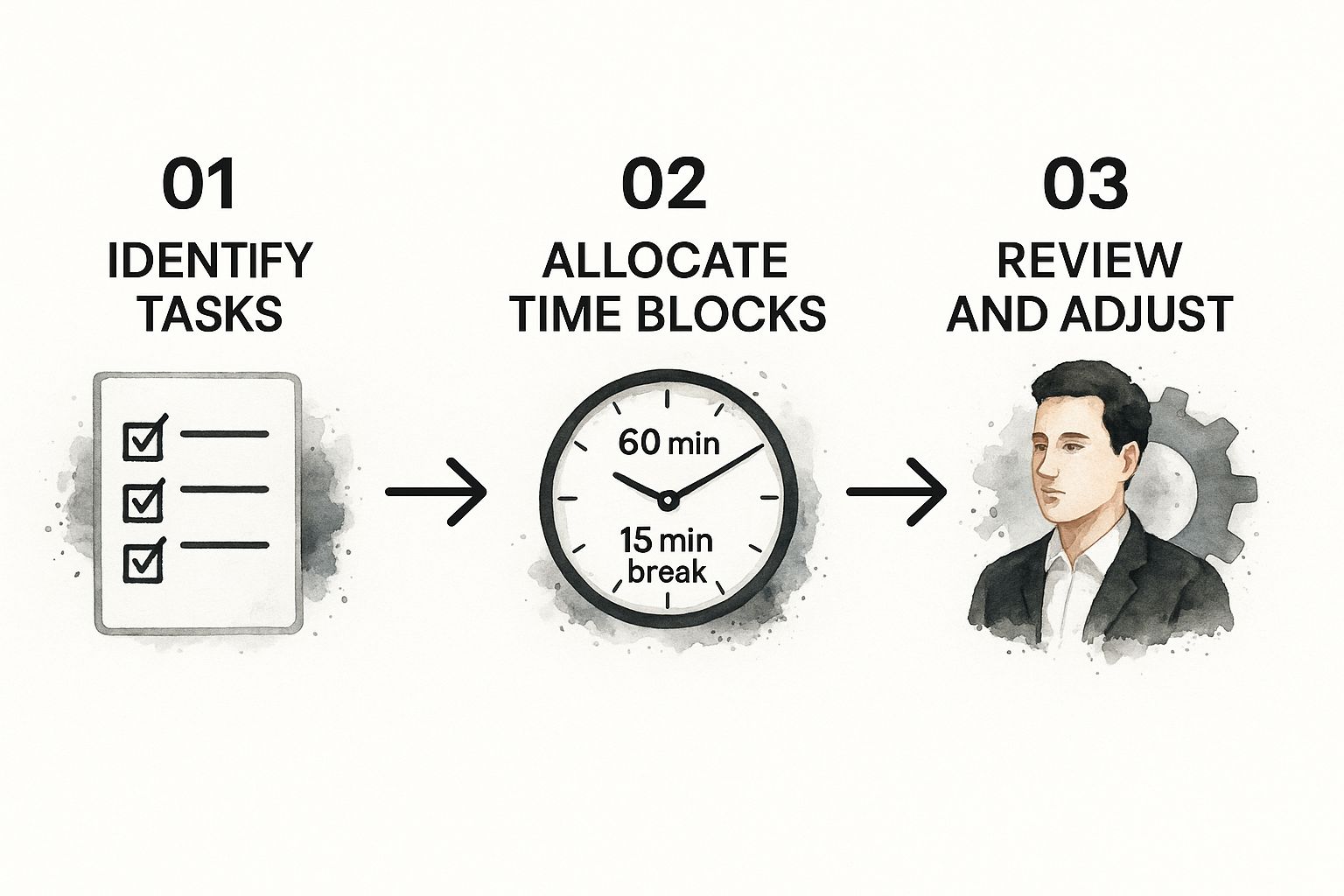
As the chart shows, effective task management is never a "set it and forget it" activity. It’s an ongoing loop that requires you to constantly adjust your course.
Make Prioritization a Weekly Habit
Ruthless prioritization isn’t a one-time clean-up. It's a muscle you have to build. The best way I’ve found to do this is to make it a non-negotiable weekly ritual. Set aside just 30 minutes every Monday morning to review your project backlogs.
- Spot the Deadlines: First, identify any hard deadlines coming up this week. Tag them as
Urgentright away. - Re-Assess Value: Look over your other tasks. Is that feature you planned last month still a top priority for the business? Things change. Adjust your
High-ValueorLow-Valuetags to reflect today's reality. - Set Your Focus: Based on that quick review, pick your top 3 priorities for the week. These are the things that, no matter what else happens, you will get done.
By consistently applying a solid framework within a flexible tool like Zemith, you’re no longer just reacting. You’re strategically directing your energy—and your team's—toward the work that delivers real results. It's how you meet deadlines, keep stakeholders happy, and make consistent, meaningful progress on all fronts.
Automate Your Workflows with AI
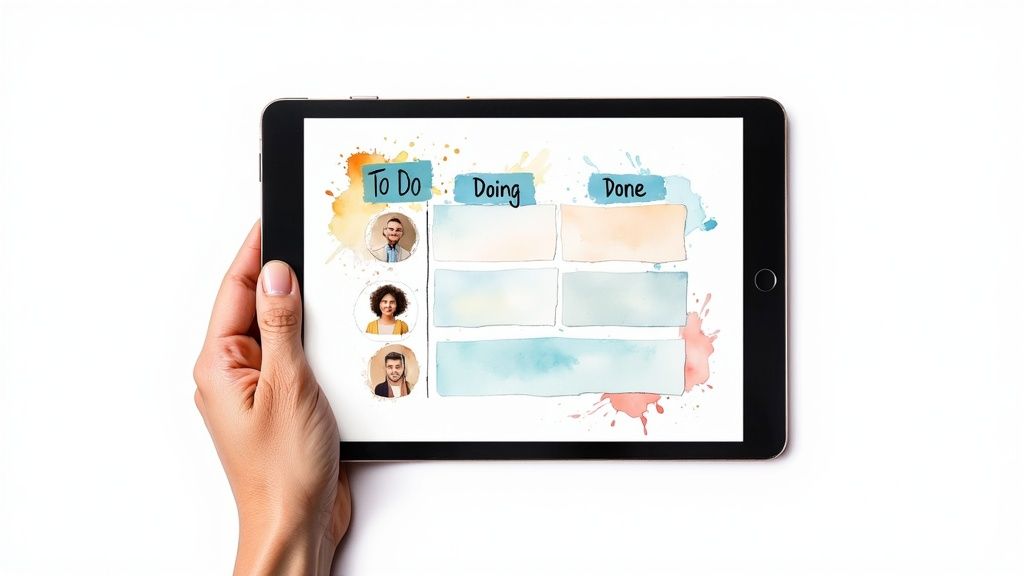
Once you've centralized your projects and sorted out your priorities, the next real game-changer is automation. Let's be honest, we all get bogged down by the repetitive, low-value work that eats away at our focus—things like drafting status updates, summarizing meeting notes, or organizing data.
These tasks are necessary, sure, but they drain the mental energy you need for actual strategic thinking. This is where AI stops being a buzzword and becomes your most practical tool for clawing back hours from your week. By offloading that routine work, you free yourself up to concentrate on the complex problem-solving that truly drives your projects forward.
Put AI to Work on Practical Project Tasks
The trick is to start small. Don't try to automate everything at once. Pinpoint specific, tedious tasks where AI can give you an immediate win. This frees up a surprising amount of mental bandwidth, letting you keep a clear, high-level view of all your projects without getting lost in the weeds.
Here are a few actionable ways you can put AI to work right now with a tool like Zemith:
- Tackle Lengthy Reports: Upload a 50-page market research PDF to Zemith. Use its AI to instantly generate a bulleted summary of the key takeaways and major findings. You get the core insights without the marathon reading session.
- Generate Action Items from Meetings: Instead of frantically typing notes, upload your meeting audio file. Zemith's AI can transcribe the conversation and then automatically pull out a clean list of tasks, assignees, and deadlines.
- Draft Project Updates: Staring at a blank page to write a weekly progress report is draining. Instruct Zemith's AI to create a first draft based on recently completed tasks and project milestones from your workspace. You just need to review and refine it.
Automation is really the art of making your systems do the work, so you can focus on directing the strategy. When you automate the mundane, you unlock time for the meaningful.
This approach fundamentally changes your role. You shift from being the doer of every single task to the director of an automated workflow. That's a critical leap to make when you're juggling multiple complex initiatives.
Select the Right AI for the Right Job
Here’s something you learn quickly: not all AI models are the same. Some are brilliant at creative writing, others are wizards with data analysis, and some are built specifically for coding. When you’re managing different projects, you face a variety of challenges, and having access to the right tool for each job is a huge advantage.
This is exactly why a multi-model platform like Zemith is so powerful. It gives you access to a whole suite of top-tier AI models in one place, so you’re not constantly switching between different apps and subscriptions. You can just pick the best AI for whatever you need to get done.
Think about a consultant juggling five different client accounts. With Zemith, their day could look like this:
- Summarize Client Calls: After back-to-back meetings, they upload the audio. An AI transcribes and summarizes the key discussion points for each client.
- Draft Unique Emails: Using a creative language model, they instantly generate personalized follow-up emails, automatically pulling in the action items from the summaries.
- Analyze Performance Data: For one client's marketing campaign, they switch to a data-focused AI to analyze performance metrics, spot trends, and generate a concise report.
This entire sequence, which used to be hours of painstaking manual work, can now be done in a fraction of the time. The ability to choose the perfect AI for each step is what makes this level of efficiency possible. You can learn more about applying this to your own files by reading up on document workflow automation. And if you want to go even broader, you can explore critical workflow automation benefits that apply across any project environment.
By weaving AI-powered automation into your daily routine, you build a system that not only saves time but also cuts down on the risk of human error in those repetitive tasks. It’s a smart way to scale your own effectiveness and stay in control, even as the projects keep piling up.
Build a System for Proactive Communication
Let's be honest. You can have the most perfectly organized projects and the most ruthless prioritization matrix, but it all falls apart without good communication. When stakeholders are in the dark, they get nervous. That leads to constant "just checking in" emails, redundant meetings, and a low-grade hum of anxiety that kills focus.
Learning to juggle multiple projects is really about learning to communicate proactively. The goal isn't just to talk more—it's to talk smarter. You need a system that keeps everyone looped in without creating the meeting fatigue we all dread. This means pulling communication out of scattered email threads and embedding it right where the work happens.
Make Communication Part of the Workflow
When a conversation is detached from the actual task, details get lost in translation. Think about it: a stakeholder questions a design choice in a long email chain. The designer has to stop what they're doing, dig through their inbox, find the relevant task in another system, and then try to connect the dots. It's a momentum killer.
A much better approach is to have those conversations directly within your project management platform. In a tool like Zemith, you can use threaded discussions right on the task itself.
- Got a question about a deadline? Ask it on the task card.
- Need to give feedback on a mockup? Comment directly on the file attachment.
- A key decision made about scope? Log it in the main project workspace for everyone to see.
This creates a living, searchable history of the project. Nothing gets buried. Anyone who joins the team later can get up to speed in minutes just by reading through the conversations. Suddenly, communication isn't a separate, disruptive activity; it's a natural part of getting things done.
This shift toward integrated systems is a massive trend. The global project management software market is expected to grow from $7.24 billion in 2025 to over $12.02 billion by 2030. There's a good reason for that: as of 2025, 82% of companies already use these tools to make their organizations run more smoothly. You can discover more insights about project management trends on monday.com.
Establish Clear Communication Protocols
A smart communication system also needs some simple rules of the road. When your team knows exactly how and when to communicate, there's far less confusion. No one has to second-guess whether a quick chat message was the right way to flag a critical blocker.
By establishing clear communication protocols, you eliminate the guesswork. Your team can operate with confidence, knowing exactly how to share information, ask for help, or raise an alarm bell without causing unnecessary disruption.
Here are a few ground rules you can set up right away:
- For Urgent Updates: Clearly define what "urgent" means (e.g., something blocking the entire project) and create a designated channel for it.
- For General Questions: Encourage everyone to use task-specific comments first. It keeps the conversation in context and visible to the right people.
- For Progress Reports: Stop writing them by hand. Set up automated reports that pull data from the work itself.
This is another area where a unified platform like Zemith shines. You can configure automated workflows to email a weekly progress summary to key stakeholders, pulling data directly from completed tasks and project milestones. Everyone stays informed without you lifting a finger, freeing you up to focus on the actual work. Systems like this are a cornerstone of high output; for more great ideas, check out these productivity hacks for work.
Building these habits creates a culture of transparency and trust. It ensures everyone—from your core team to external partners—has the information they need, right when they need it. When you're managing deliverables across several different projects, that kind of clarity is what keeps everything moving forward.
Frequently Asked Questions
Even with a solid plan, you're bound to run into some tricky situations when juggling multiple projects. Let's tackle some of the most common questions that pop up.
How Do I Avoid Burnout When Managing So Many Projects?
Burnout isn't about working too hard; it’s usually a symptom of working inefficiently. The real energy killer is the constant context-switching—that mental whiplash you get from jumping between completely different projects all day.
To fight this, get serious about prioritizing. A simple framework like the Eisenhower Matrix can be a lifesaver, forcing you to focus only on what's genuinely urgent and important. Don't be a hero; delegate tasks that don't absolutely need your direct touch. Most importantly, you have to set and enforce firm boundaries. That means blocking off time for deep, uninterrupted work on one project and taking actual breaks where you completely disconnect.
Your mental energy is your most precious resource. The goal is to let your systems and tools carry the organizational weight so you can reserve that energy for creative problem-solving and high-impact work.
This is where a platform like Zemith can make a huge difference. Imagine it automatically drafting your weekly status reports or summarizing your last three meetings. By keeping everything in one place, it cuts down on the app-hopping that drains your focus and gives you back valuable time.
What’s the Best First Step When I Feel Overwhelmed?
Feeling like you're drowning in tasks? The very first thing to do is a "brain dump." Seriously, get every single task, deadline, and half-formed idea out of your head and onto a page or screen.
Don't try to organize it yet. Just get it all out. The simple act of externalizing that mental clutter provides immediate relief and gives you the headspace to actually start thinking clearly. Once it's all down, then you can start sorting, organizing, and deciding what to tackle first.
I recommend using a tool like Zemith’s Smart Notepad for this. You can dump all your chaotic thoughts into it, and then its AI can help you instantly turn that mess into a structured to-do list or a project brief. It’s a great way to find a clear path forward when you can't see the wood for the trees.
How Do I Say No to a New Project When My Plate Is Already Full?
Saying "no" feels tough, but it's much easier when you come prepared with data, not just an apology. Instead of simply saying, "I'm too busy," you need to show your workload. This shifts the conversation from a personal refusal to a practical, strategic decision.
Pull up your project management dashboard and give them a clear visual of your current commitments, timelines, and where your time is allocated. Frame the conversation around the impact on existing business priorities.
You could try saying something like this:
"Right now, my focus is locked on Project A and B, which we've tagged as critical for our Q3 goals. Taking on this new request would put those deadlines at risk. Could we either revisit the priority of my current projects, or could we realistically slate this for next quarter?"
With a tool like Zemith, you can pull up a visual roadmap of your entire project portfolio in seconds. It makes it easy to have that data-driven conversation, protecting your time while showing your stakeholders you're thinking strategically.
Ready to stop juggling and start managing? Zemith brings all your projects, documents, and AI tools into one unified workspace, giving you the power to centralize, prioritize, and automate your workflow. Take control of your projects and reclaim your focus by visiting https://www.zemith.com today.
Explore Zemith Features
Introducing Zemith
The best tools in one place, so you can quickly leverage the best tools for your needs.
All in One AI Platform
Go beyond AI Chat, with Search, Notes, Image Generation, and more.
Cost Savings
Access latest AI models and tools at a fraction of the cost.
Get Sh*t Done
Speed up your work with productivity, work and creative assistants.
Constant Updates
Receive constant updates with new features and improvements to enhance your experience.
Features
Selection of Leading AI Models
Access multiple advanced AI models in one place - featuring Gemini-2.5 Pro, Claude 4.5 Sonnet, GPT 5, and more to tackle any tasks
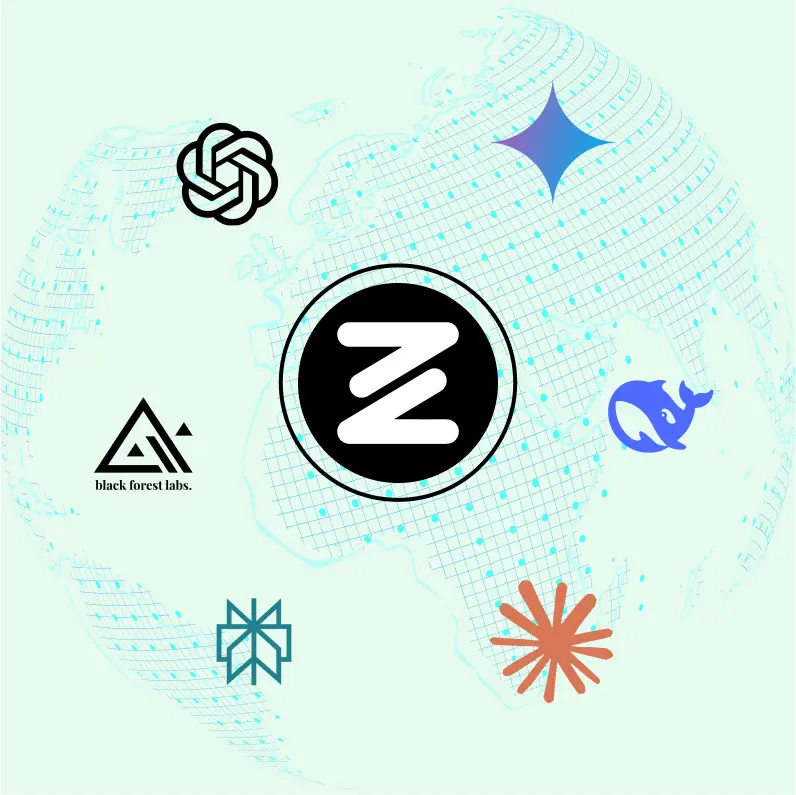
Speed run your documents
Upload documents to your Zemith library and transform them with AI-powered chat, podcast generation, summaries, and more
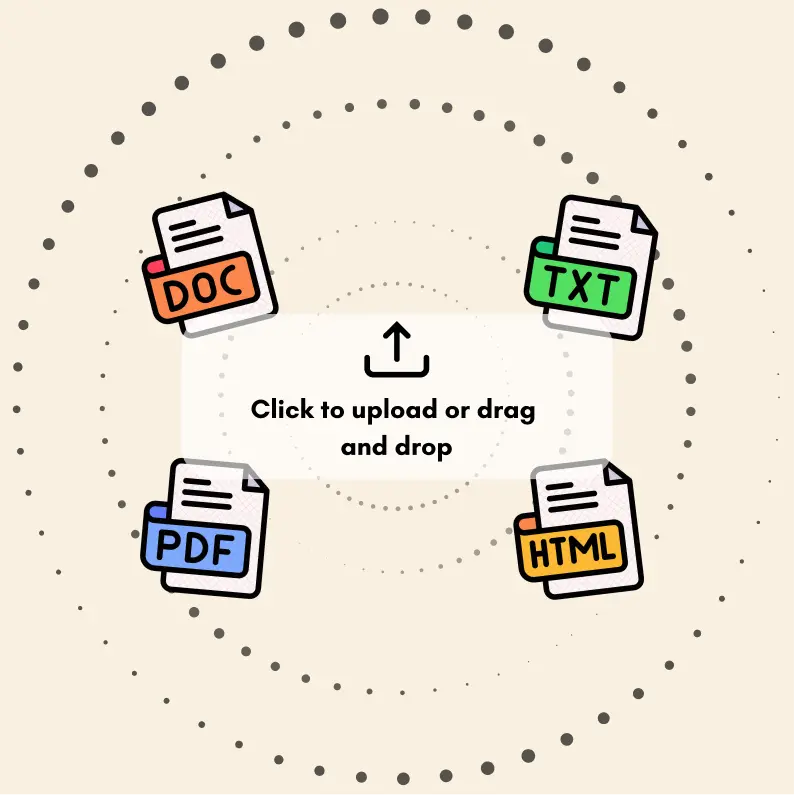
Transform Your Writing Process
Elevate your notes and documents with AI-powered assistance that helps you write faster, better, and with less effort

Unleash Your Visual Creativity
Transform ideas into stunning visuals with powerful AI image generation and editing tools that bring your creative vision to life

Accelerate Your Development Workflow
Boost productivity with an AI coding companion that helps you write, debug, and optimize code across multiple programming languages

Powerful Tools for Everyday Excellence
Streamline your workflow with our collection of specialized AI tools designed to solve common challenges and boost your productivity
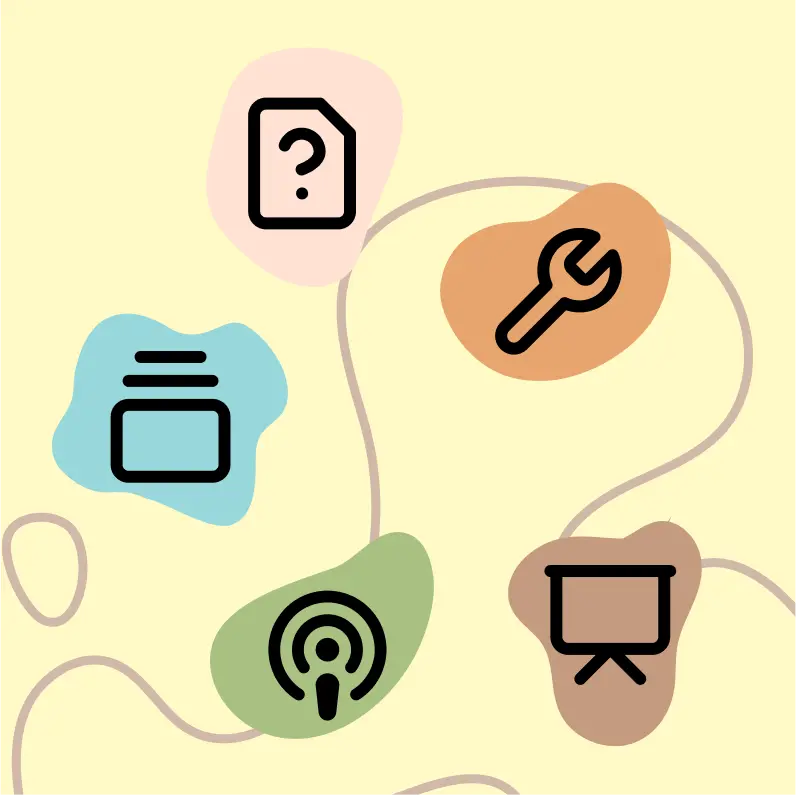
Live Mode for Real Time Conversations
Speak naturally, share your screen and chat in realtime with AI

AI in your pocket
Experience the full power of Zemith AI platform wherever you go. Chat with AI, generate content, and boost your productivity from your mobile device.

Deeply Integrated with Top AI Models
Beyond basic AI chat - deeply integrated tools and productivity-focused OS for maximum efficiency
